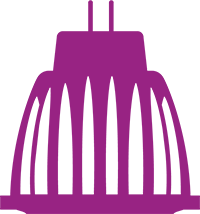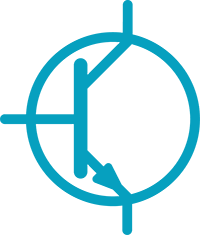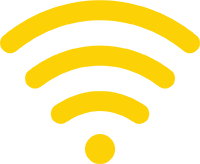Welcome To The EDNA Publications Area
Small Network Equipment: Considerations for Energy Efficiency Policy
This report provides an overview of small network equipment (e.g. routers and modems), investigates options for policies and estimates the potential for energy savings.
Retrofitting Connectivity for Energy Benefits
This report examines the retrofit solutions on the market today to identify those that could be leveraged to achieve energy benefits in otherwise unconnected residential products.
Harnessing IoT for Energy Benefits
This report examines the landscape of residential IoT products and the functions within those products that can be leveraged to yield energy benefits.
Total Energy Model V2.0 for Connected Devices
This report describes updates to the Total Energy Model that was developed by EDNA to estimate the ‘total energy use’ of connected devices, globally.
Roadmap for Consumer Devices to Participate in Demand Flexibility
The purpose of this report is to provide technical assistance and policy guidance to support national or regional government organisations, utilities, and/or energy regulatory bodies in
Energy Applications within IoT and Digitalisation Strategies
The purpose of this report is to provide guiding principles to policy makers for developing and implementing national/regional digitalisation and IoT strategies that emphasise energy
Policy Guidance for Smart, Energy-Saving Consumer Devices
This report provides considerations for policy makers to encourage ‘smart’ consumer devices which save energy and provide demand flexibility. It includes key findings for the prioritisation of consumer devices and policy recommendations.
Policy Brief – The Wasted Energy of Connected Devices
Connecting devices to the internet has profound implications for energy use, in three areas: Digitalisation, Wasted Energy and Upstream Consequences. This policy brief covers the second topic – Wasted Energy
Policy Brief – Upstream Consequences from Connected Devices
Connecting devices to the internet has profound implications for energy use, in three areas: Digitalisation, Wasted Energy and Upstream Consequences. This policy brief covers the third topic – Upstream Consequences. This policy brief is based on two EDNA reports: Total Energy Model for Connected Devices and Intelligent Efficiency for Data Centres & Wide Area Networks
Policy Brief – The Role of Connected Devices in the Digitalisation of the Energy System
Connecting devices to the internet has profound implications for energy use, in three areas: Digitalisation, Wasted Energy and
Policy Brief – Wireless Charging Energy Use
This briefing summarises the key findings of the EDNA report Global Forecast of Energy Use for Wireless Charging, which estimates the additional global energy that would be consumed if wireless charging is adopted for a wide range of small consumer devices
Policy Brief – Energy Harvesting Technologies for IoT
This briefing summarises the key findings of the EDNA report Energy Harvesting Technologies for IoT Edge Devices, which explores the potential to deploy Energy Harvesting Technologies (EHTs) to convert energy from the surroundings into electricity, in order to power small internet of things (IoT) devices
Test Procedures for Measuring Network Standby Power
This paper examines elements of existing test procedures that address network standby in some way. This includes horizontal test procedures that cover standby and network standby for a wide range of products, as well as product-specific procedures where network functionality is a common or essential feature of the product
Global Forecast of Energy Use for Wireless Charging
In this report, we have built on the modeling methodology published in a recent white paper by Natural Resources Defense Council (NRDC) and Suzanne Foster Porter of Kannah Consulting
Bridging the Network Standby Gap between Mobile and Mains-Powered Products
An integrated, energy-optimal design approach, in which disparate engineering teams collaborate iteratively toward energy optimization goals (including low network standby energy use), is currently the
Getting to Zero: An Evaluation of Zero Network Standby Power
This report examines the feasibility and economics of achieving network zero in three different products: mini-split HVAC systems, smart speakers, and connected light bulbs. We investigate the range of network standby
Total Energy Model for Connected Devices
The objective of this study is to develop a quantitative model of the “total energy use” of connected devices, globally. This report (and model) aims to quantify the total additional energy that results from devices becoming connected to a communications network
Intelligent Efficiency for Data Centres and Wide Area Networks
This report discusses the energy consumption of data centres (DC) and the wide area network (WAN) which connects computers and other devices together on the internet. These are complex
Policy Brief – Intelligent Efficiency: Smart Homes
This briefing summarises the key findings of the EDNA report Intelligent Efficiency – A Case Study of Barriers and Solutions – Smart Homes. Energy efficiency policy makers need to better understand
Policy Brief – Networked Audio Products
This briefing summarises the key findings of the EDNA report Network Connected Audio Products – Measurements and Analysis of Network Standby Consumption, which focuses on larger audio products that use WiFi to communicate. The report uses




































